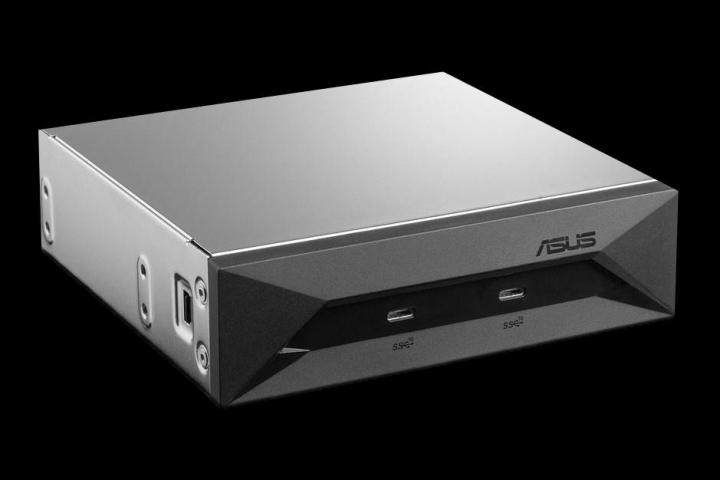
Although each of the ports sports the same transfer rate, the ports do not present the same set of features. Instead, the left port provides 100-watt power charging by means of two Molex connectors found on the back of the card while the port on the right doesn’t exhibit any charging capability.
If you’re concerned about the setup process, Asus promises a simple three-step configuration:
- Insert the USB 3.1 UPD Panel into the empty optical bay and ensure a secure placement.
- Connect the accompanying SATA Express cable to both the motherboard and the rear end of the UPD panel.
- Plug in both Molex cables to power the kit.
Aside from the included driver that needs to be installed, this is all it takes to get started with USB 3.1 thanks to Asus’ kit.
Without a free optical bay, Asus points out that you can still remove the PCI-E board and connect it to your motherboard directly, if you’re a do-it-yourself type of enthusiast. Presently, the question of whether or not you would need the SATA express cable in this setup has no clear answer, though the Molex cables would likely be mandatory in order to take advantage of power charging.


